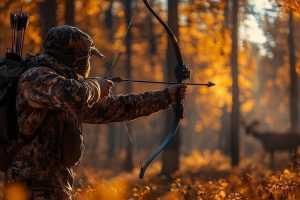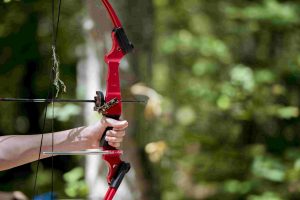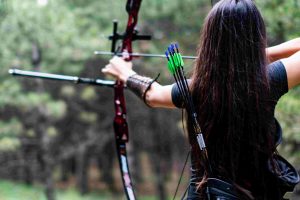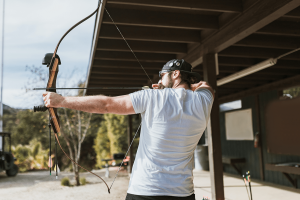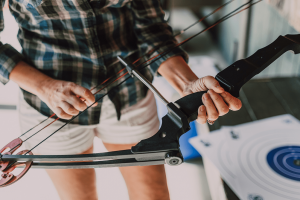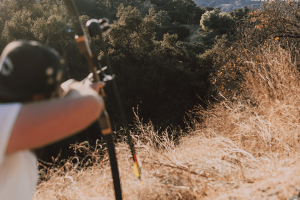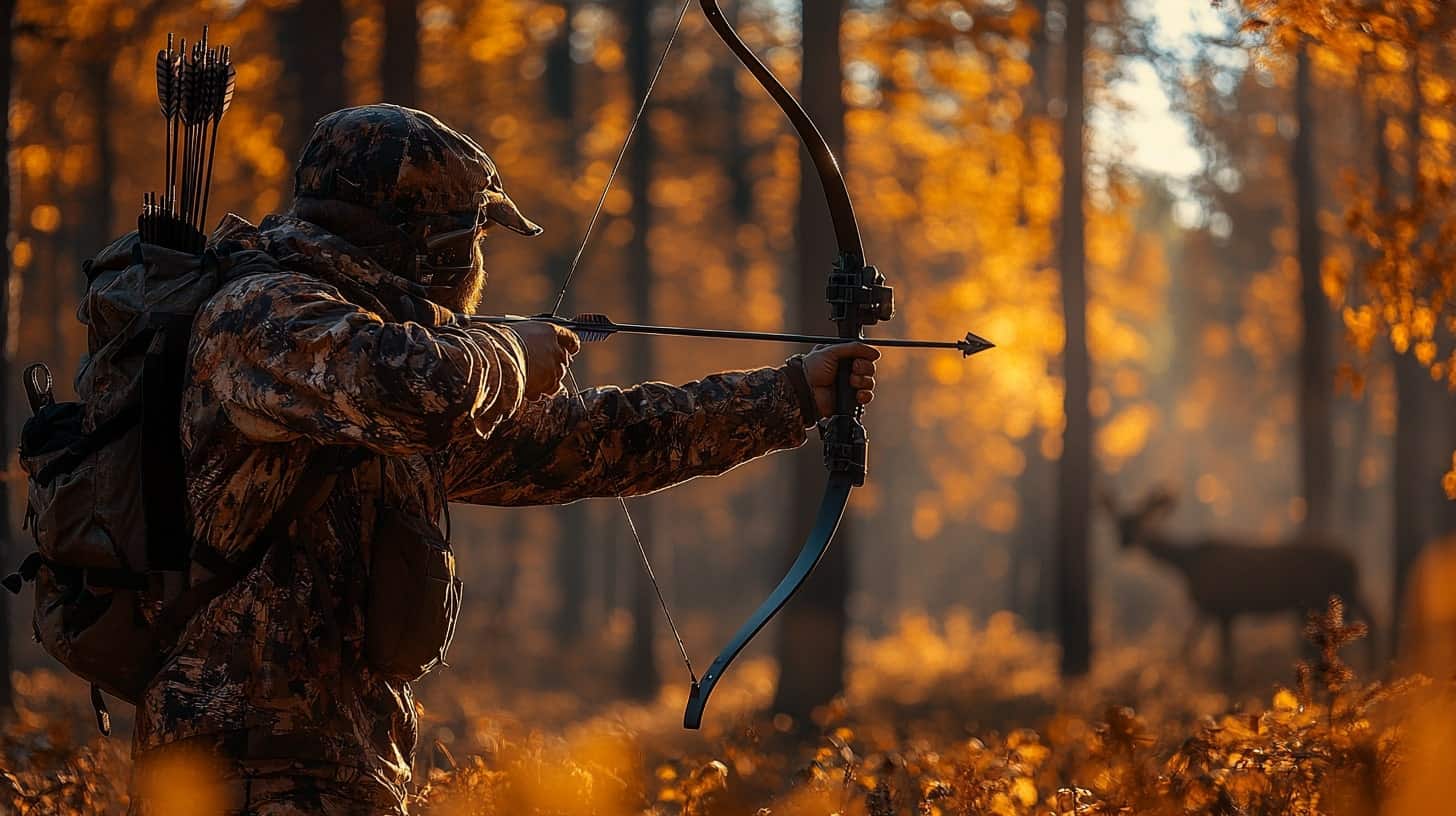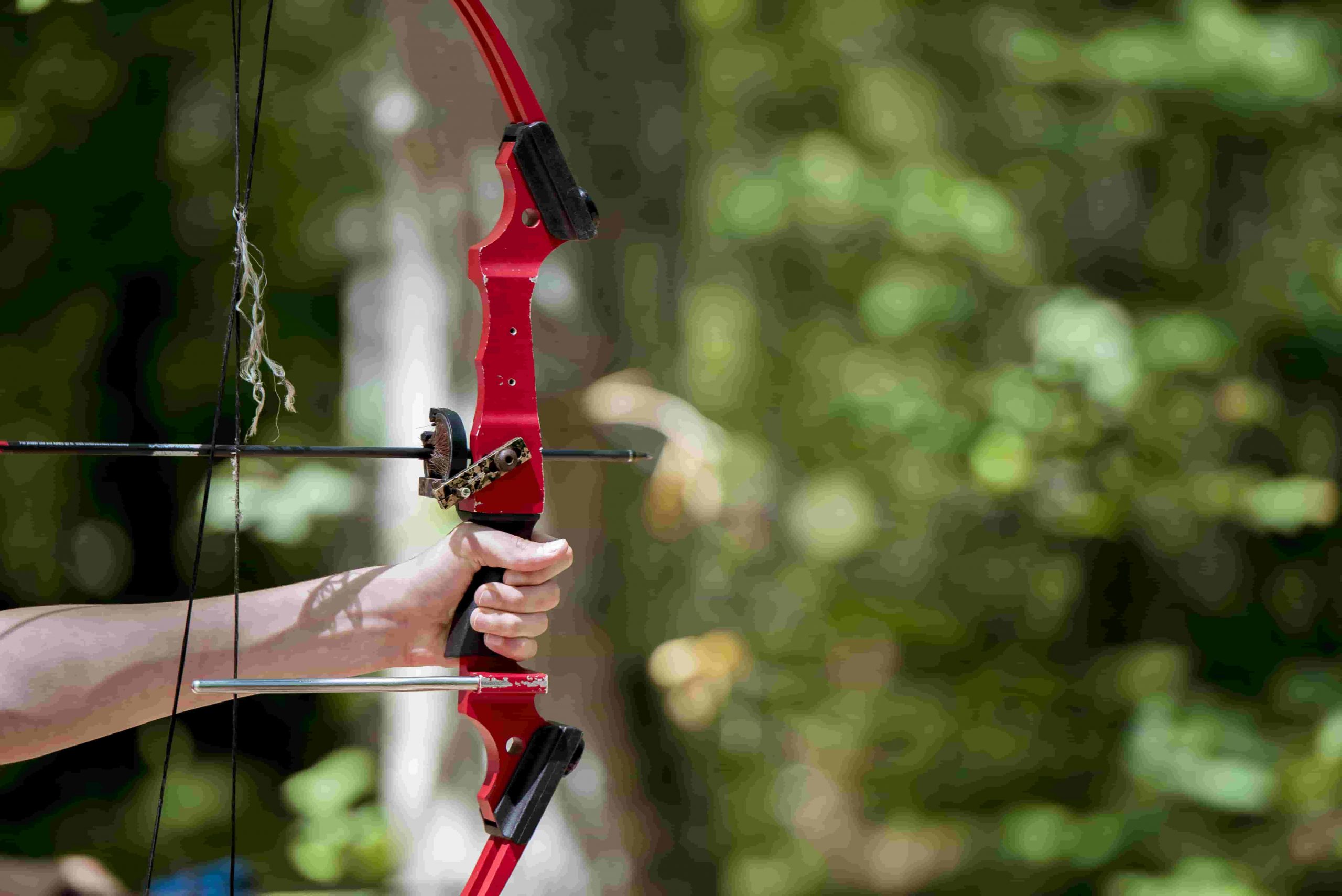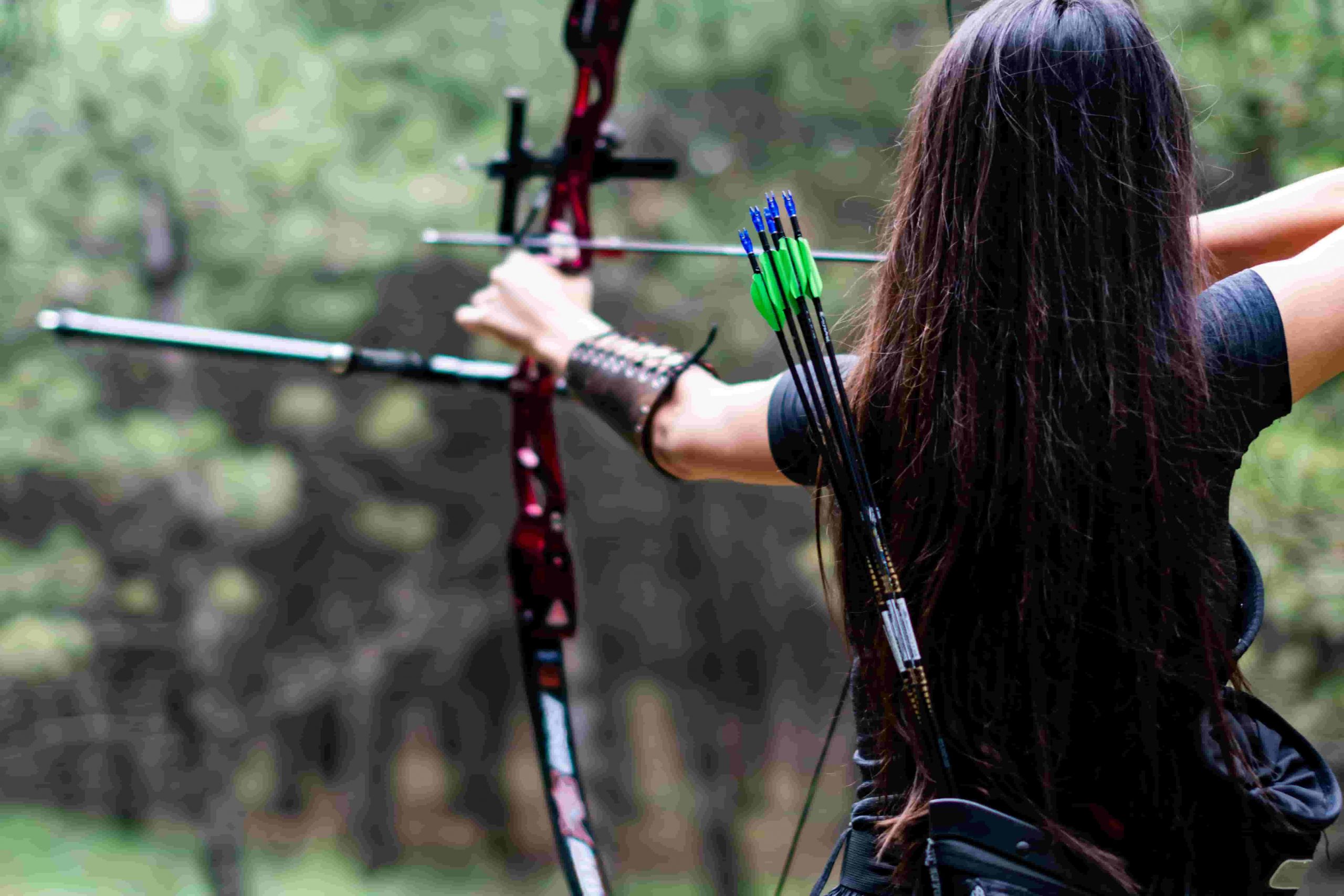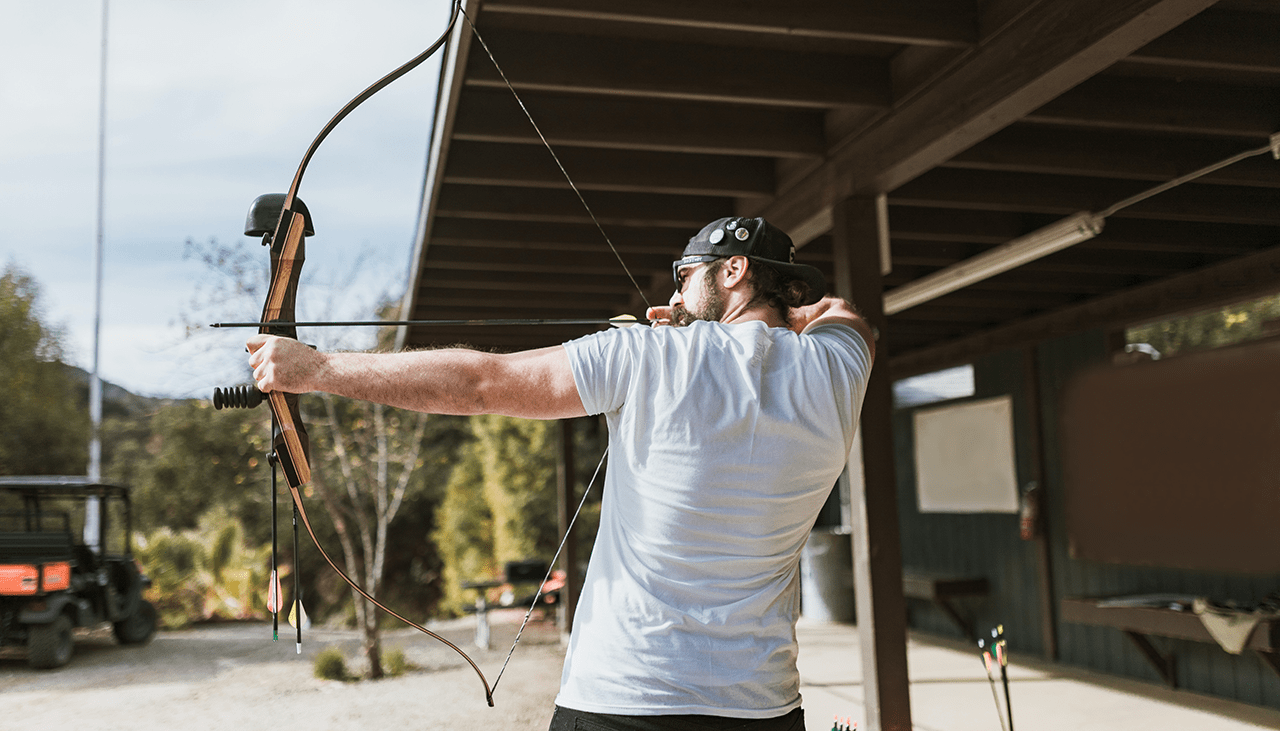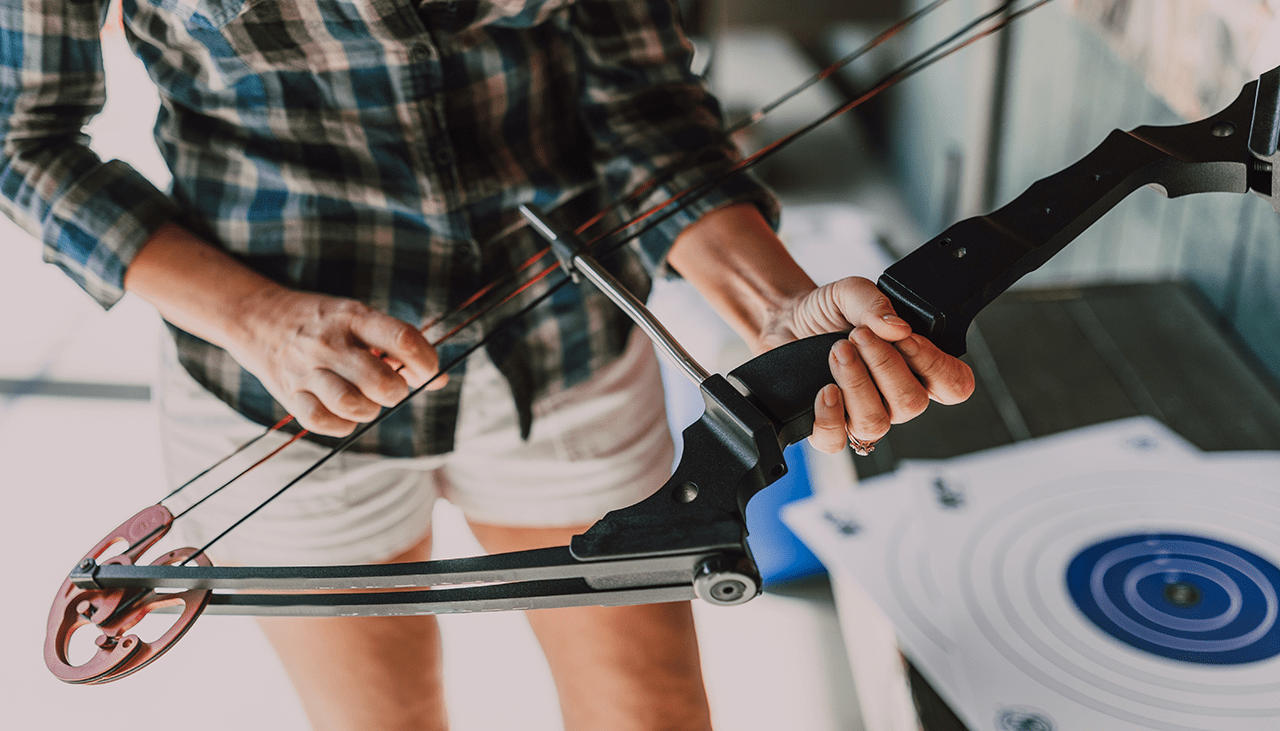Hunting deer with a bow is one of the most rewarding experiences for outdoor enthusiasts. It requires patience, skill, and a deep connection with nature. For beginners, the idea of taking down a deer with a bow might seem daunting, but with the right knowledge and preparation, it becomes an achievable and fulfilling challenge. This comprehensive guide will walk you through everything you need to know about bowhunting deer—from choosing the right equipment to developing essential hunting techniques.
Why Choose Bowhunting?
Many hunters prefer bowhunting over rifle hunting for several reasons. First, bowhunting extends your hunting season, as many states offer an early archery season before gun hunting begins. Second, it provides a more immersive and intimate hunting experience. Since archery hunting requires closer range shots, hunters must learn to track, scout, and understand deer behavior on a deeper level. Lastly, bowhunting is a skill that takes time to master, making each successful hunt even more rewarding.
Choosing the Right Bow and Gear
Types of Bows
As a beginner, selecting the right bow is crucial to your success. There are three main types of bows used for hunting:
- Compound Bows – The most popular choice for modern bowhunters, compound bows use a system of pulleys and cams to provide high power with minimal draw effort. They are accurate, customizable, and beginner-friendly.
- Recurve Bows – Traditional and simple, recurve bows require more strength and skill. They offer a more traditional hunting experience but are harder to master.
- Longbows – The most basic form of a bow, longbows are for experienced hunters who want to challenge themselves.
For beginners, a compound bow is the best option because of its ease of use and effectiveness.
Essential Accessories
- Arrows – Carbon or aluminum arrows are ideal for deer hunting. Ensure they are the correct length and spine (stiffness) for your bow.
- Broadheads – Fixed-blade and mechanical broadheads are the two main types. Mechanical broadheads open upon impact, creating larger wound channels, while fixed-blade broadheads offer reliability.
- Release Aid – A mechanical trigger device that helps release the arrow smoothly, improving accuracy.
- Bow Sight – Helps you aim precisely by aligning your target through pins or a single dot.
- Arrow Rest – Supports your arrow while drawing and shooting, ensuring consistent accuracy.
- Hunting Clothing – Camouflage clothing helps you blend into your surroundings. Wear scent-control clothing to avoid being detected by a deer’s strong sense of smell.
Scouting and Preparing for Your Hunt
Understanding Deer Behavior
Deer are creatures of habit. They follow patterns, which makes scouting an essential part of your hunting success. Spend time learning about their feeding, bedding, and travel routes.
- Food Sources – Deer primarily feed on acorns, corn, soybeans, and other natural vegetation. Identifying food sources near your hunting area can help predict where deer will travel.
- Water Sources – Deer frequently visit streams, ponds, or waterholes, especially in dry climates.
- Bedding Areas – Deer bed in thick cover for protection. Finding these areas will help you position yourself correctly.
Using Trail Cameras
Setting up trail cameras in key locations can help you monitor deer activity. These cameras allow you to track movement patterns and determine the best time to hunt.
Setting Up a Tree Stand or Ground Blind
- Tree Stands – Provide an elevated position, making it harder for deer to detect you. Climbing stands and ladder stands are common choices.
- Ground Blinds – Concealed shelters at ground level that help you stay hidden. These are great for areas where tree stands aren’t practical.
Position your stand downwind of where you expect deer to approach. Deer rely on their sense of smell to detect danger, so wind direction is a crucial factor.
Shooting Practice and Accuracy
A successful hunt relies on accuracy and precision. Regular practice is essential to ensure a clean and ethical shot.
Practice at Different Distances
- Start practicing at 20 yards, then gradually move to 30 and 40 yards.
- Use 3D deer targets to simulate real hunting conditions.
Perfecting Your Form
- Anchor Point – Consistently place your hand in the same position on your face for accuracy.
- Follow Through – Keep your bow arm steady after releasing the arrow to maintain precision.
- Breathing Control – Take a deep breath and exhale before releasing the shot.
Hunting Strategies for Success
Time of Day
- Morning Hunts – Deer are active at dawn, making early morning an ideal time.
- Evening Hunts – As the sun sets, deer move toward food sources, providing another great opportunity.
Stealth and Movement
- Walk slowly and quietly to avoid startling deer.
- Move only when the deer is not looking in your direction.
- Use cover (trees, bushes) to stay hidden.
Making the Shot
- Aim for the vital organs (heart and lungs) for a clean and ethical kill.
- Wait for a broadside shot, as this angle provides the best penetration.
- If the deer is alert, wait until it relaxes before taking your shot.
Tracking and Recovering Your Deer
Following the Blood Trail
After taking a shot, observe the deer’s reaction. If it runs, mark the exact spot where it was standing and listen for any sounds indicating it has fallen.
- Bright red blood suggests a lung or heart shot (good sign).
- Dark blood may indicate a liver shot (wait longer before tracking).
- Sparse blood may mean a non-lethal hit—wait and track carefully.
Give the deer at least 30 minutes to an hour before tracking to ensure it has time to expire. Rushing too soon may cause the deer to flee farther.
Conclusion
Bowhunting deer is an exciting and rewarding challenge that requires patience, skill, and preparation. By selecting the right equipment, scouting effectively, practicing your shots, and using stealthy hunting techniques, you can greatly increase your chances of a successful hunt. As a beginner, focus on learning from every hunt—whether or not you harvest a deer. The thrill of being in the wild, outsmarting your prey, and improving your skills makes bowhunting an unforgettable experience.
Embrace the journey, respect the wildlife, and enjoy the adventure that comes with bowhunting deer.

